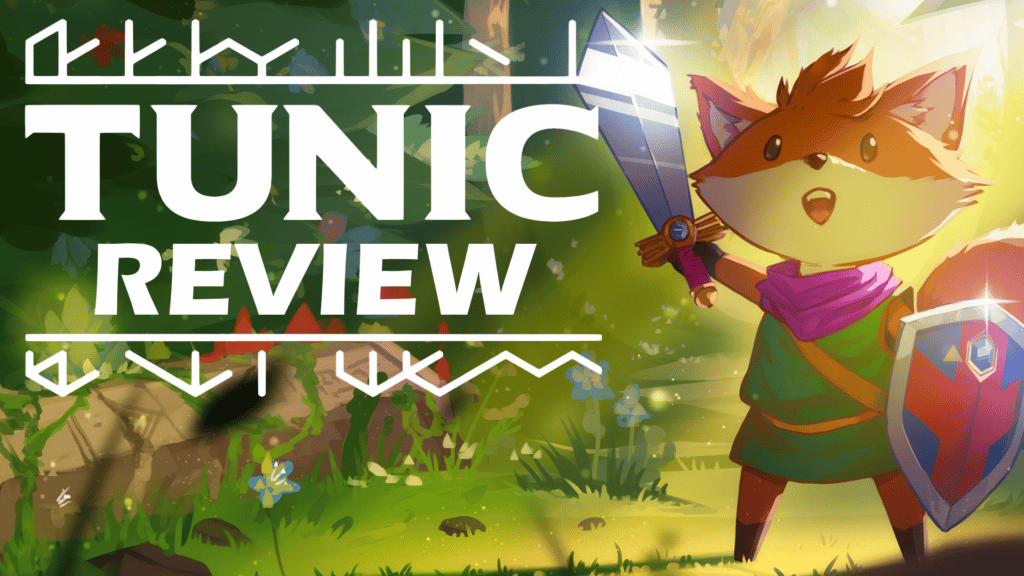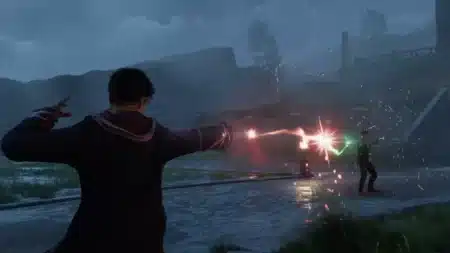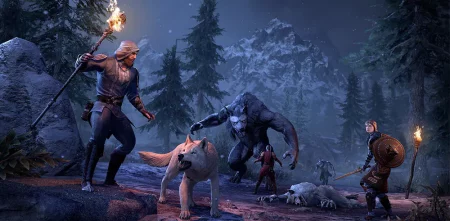A fox awakens on the shores of an unknown place in our tale’s opening sequence. It’s up to you to investigate and discover what’s going on in this hostile environment. It’s hard not to be enamored by Tunic’s visuals, especially its stunning opening and closing credits sequences. Locating McGuffins that lead to additional missions and objects that enable you to either explore more of the area or discover new items in regions you’ve previously been to is the same as in other action-adventure titles.
As a result of the stamina management required while swinging, striking, or avoiding, this game has been likened to Dark Souls in regards to fighting. What Tunic decides to do with all this is what will either keep you going or force you to abandon the title in disgust.
The Handbook of Mysteries and Secrets
Players have grown used to perusing videogame guides over the past few years since publishers haven’t been generating ones in the first place. The handbook in Tunic serves as a lesson, a hidden reference, and a roadmap for your advancement. Even aspects that you wouldn’t have known anyway may be found in the manuals scattered throughout Tunic.
The game’s runic dialect is used for the majority of the manual’s content. It will be necessary for you to decipher the photos and try to interpret the speech in order to understand more about the environment, your goals, and even what objects do. Design-wise, the guidebook is excellent and resembles very much the monstrous readme file binder included in Ni No Kuni.

The tunic is basically the Zachtronics equivalent of a Zelda game—complicated, it has a lot of hidden features, and you need to peruse the handbook to understand everything. There are several mysteries, various solutions, and a plethora of information for gamers who desire to go further into the action. I’m not certain whether the creators’ wager on the manual’s usage kicks off as well as they should.
You’re Going To Need Help
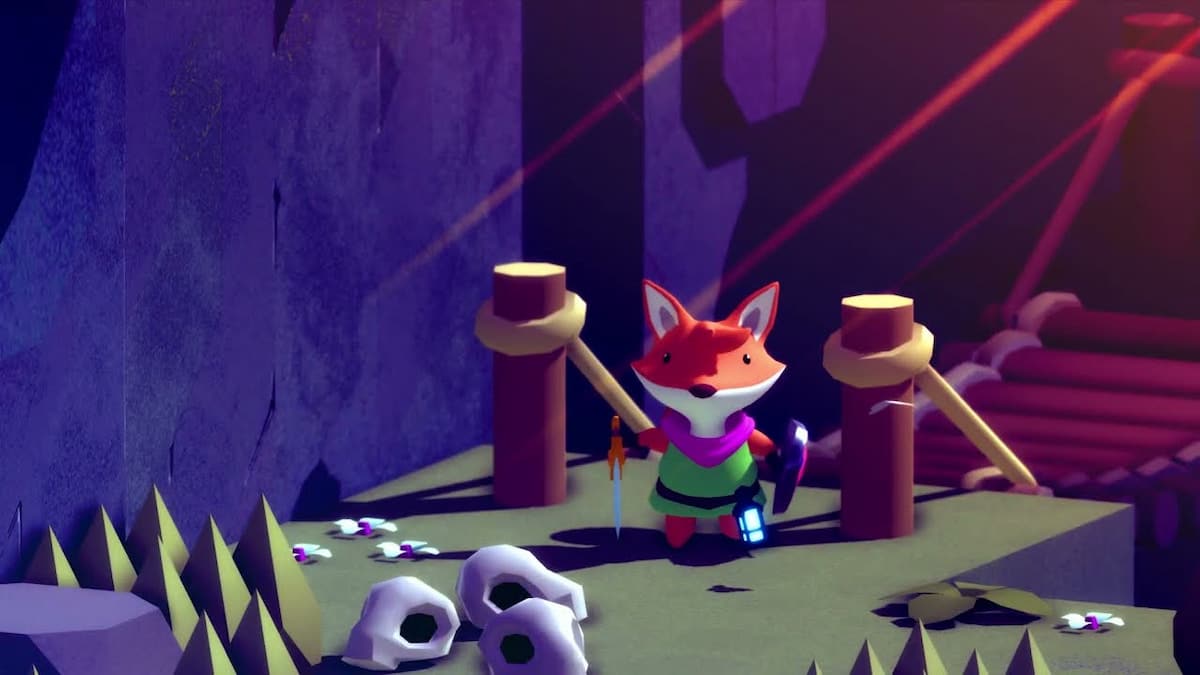
It brings back memories of a popular video game, Abyss Odyssey, whose key differentiator was that the title was meant to be enjoyed by other players in order to advance. To rely on the scale of your gamer base for gameplay mechanics is a difficult assignment, particularly for a single-player title. It is clear to me that I will never be able to translate Tunic’s dialect on my own. I doubt you’ll be able to find anything out on your own if you’re playing this game blind. According to one of my gaming buddies, the handbook has a direct allusion to the television program “Lost” in a hint. Having never seen the show, I had no idea what was going on here.
Have You Read: Trek To Yomi: A Visual and Not to Miss Cinematic Experience
Is there a way to play Tunic without involving the rest of the world or seeking assistance from others? There’s no way around it, in my opinion. It’s possible that many players may abandon the play before they’ve even started reading the instructions because of the absence of in-game guidance. In addition, I believe the handbook could have been more interactive, allowing players to make comments on it or display it on-screen as a guide or resource. You can gain some ground in the action by using sheer force and attempting everything, but that might not be everyone’s cuppa tea. And physical strength would not suffice if you’re aiming for the game’s actual finish. As beautiful as it is terrifying, Tunic contains everything you’ll possibly need in its handbook, and it’s your job to decipher it all.
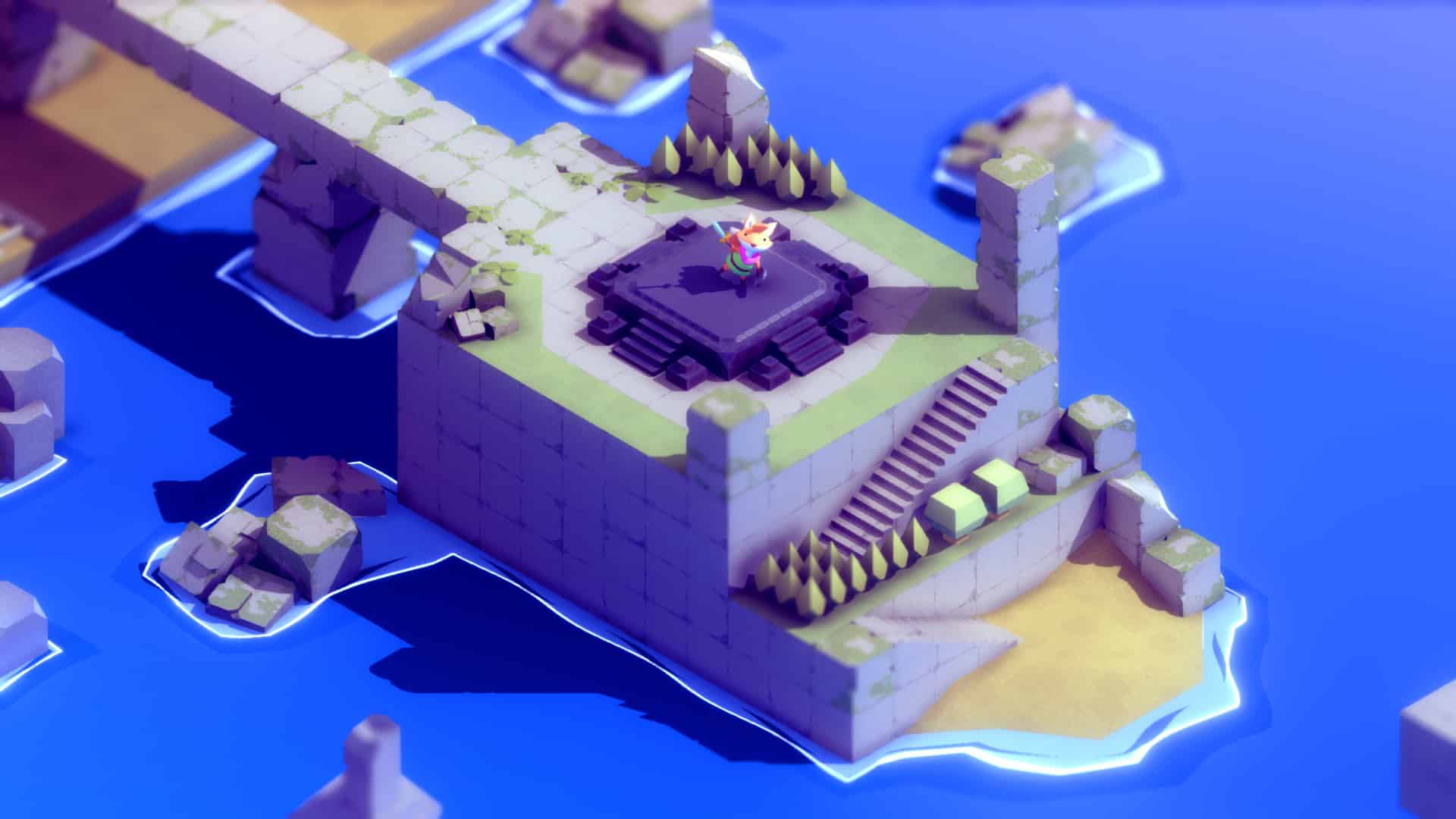
Where Was I?
There was something about the game’s arcane nature that grew on me as I played more and more. It’s easy to see how Elden Ring might be a kid’s curriculum in comparison to this one. Tunic’s flaw is that it introduces the player to a whole new universe, complete with its own set of laws and a completely foreign tongue. As long as the laws of the adventure are the same as X, the title desires you to depend on action-adventure norms and reasoning to get through it. I can truthfully say that even without a spoiler reference, I would not have been able to solve many of the more difficult problems.
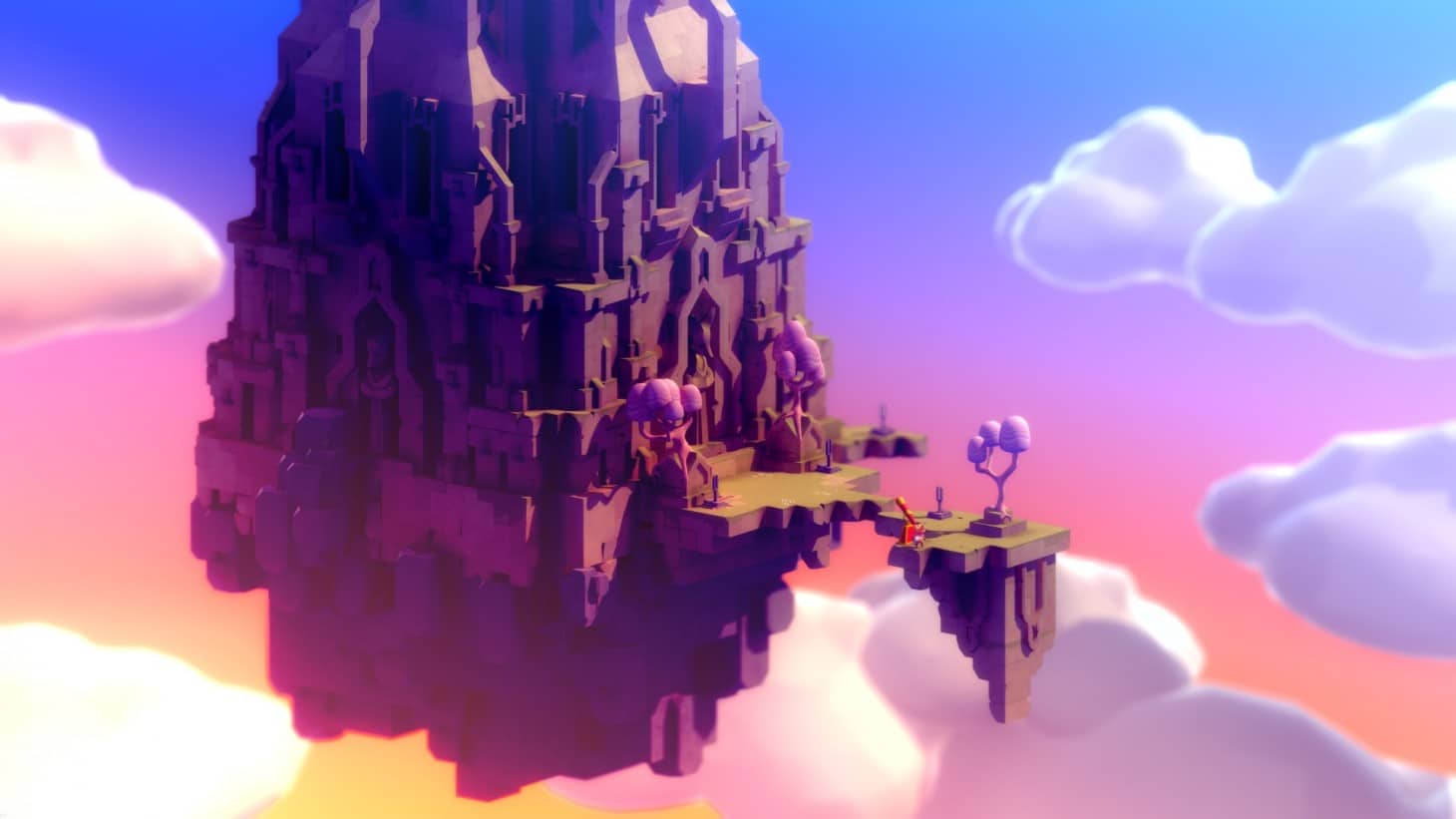
It didn’t seem like the game was trying to be smart; rather, it was simply perplexing for the purpose of being confused. Adventure gamers and Daniel Mullins fans would like this title a lot since it is reminiscent of the classic games from back in the day. There is a lot of outside information required to master Tunic’s riddles or simply understand what a problem in the gameplay is. Concealed beyond barriers or at an elevation that players can’t view might also be an issue for the lens. When I was fighting the enemy, the camera kept whirling so fast that it was making me nauseous. As the gameplay progressed, the camera difficulties and the speed at which the bosses could move made them increasingly difficult to defeat.
The Verdict

In the end, I like Tunic because of the dedication and commitment it displays. To get the most out of this game, you’ll need to be a lover of both action games and puzzles. Although the game does need a great deal of the former, I believe the latter is overemphasized. The aid options might make tackling riddles in Tunic a lot simpler if you’re inclined in doing so.
Notwithstanding the vagueness of the plot and the charming visual aesthetic and mood, Tunic has a lot to offer with its blend of Zelda adventure and souls-like fighting, as well as a compelling tale. If you’re searching for a new adventure to dig your teeth into, this is the one for you.
Tunic's narrative is a sad and foreboding one. You take on the role of an unnamed hero who uncovered the entombed spirit of the Heir, a mythical figure who once unearthed a horrible reality about the universe by breaking up a tomb. Their spirit was thereafter imprisoned at the Far Shore, a realm between the afterlife and the grave.

